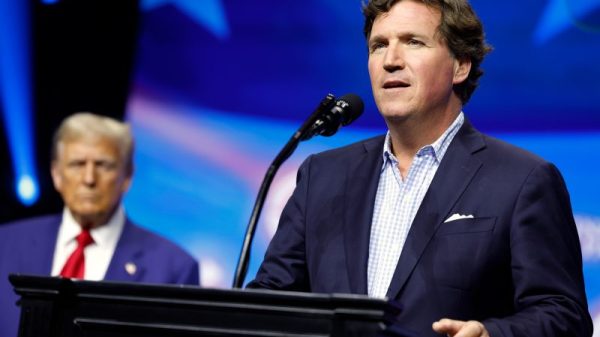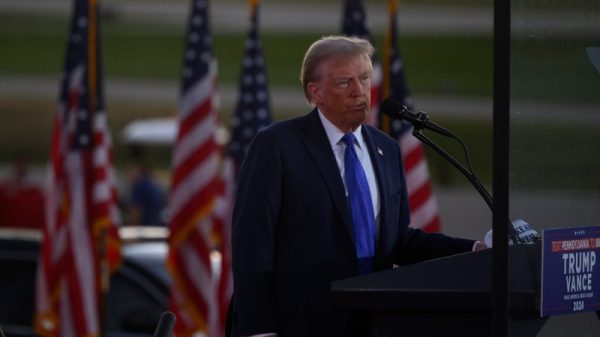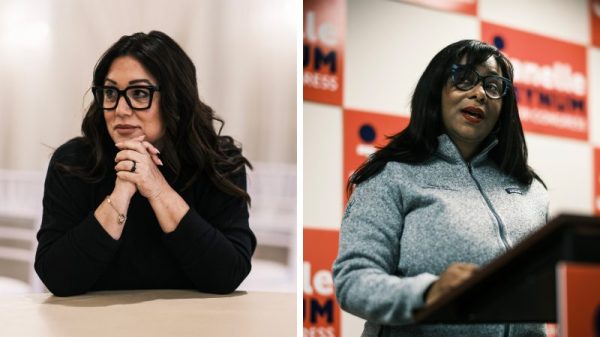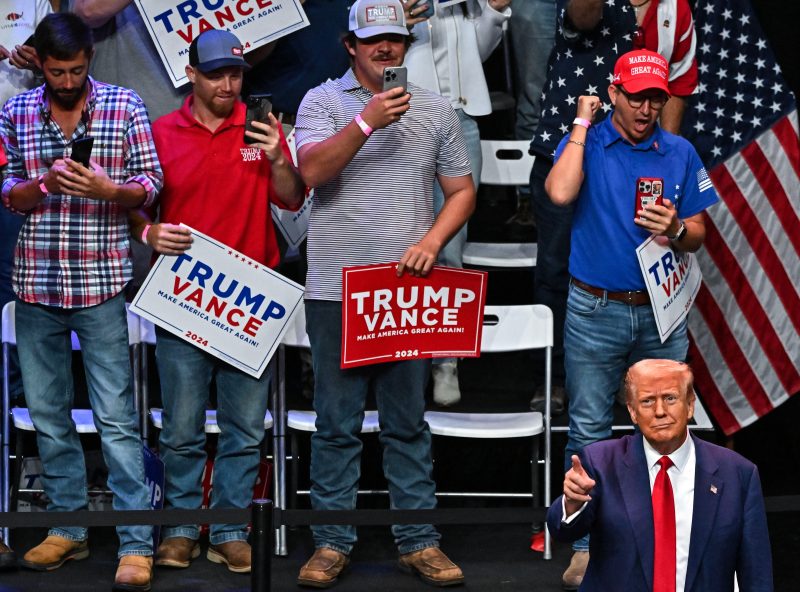In today’s era of politics, the portrayal and treatment of women by campaigns can significantly impact their ability to secure votes. Consequently, it is imperative for campaigns to assess the dynamics of their organizational culture to address any potential alienation of women voters. The Trump campaign, known for its predominantly male-dominated environment, has faced criticisms regarding its approach towards women, which may have implications on its ability to connect with female voters.
The lack of gender diversity within the Trump campaign is a concern that has been raised by various critics and political analysts. When an organization or campaign is male-dominated, there is a risk of overlooking the perspectives and concerns of women. This could translate to insufficient consideration of women’s issues and a failure to effectively communicate with female voters. Studies have shown that when women feel marginalized or unheard, they are less likely to support a candidate or campaign that does not prioritize their interests.
Another factor contributing to the potential loss of women’s votes by the Trump campaign is the high-profile controversies and scandals involving women that have surfaced during President Trump’s time in office. These incidents have generated negative publicity and raised doubts among women voters about the campaign’s commitment to gender equality and respect for women. Repeated instances of disparaging remarks and behavior towards women can erode trust and credibility, deterring female voters from supporting the campaign.
Furthermore, the campaign’s messaging and policies may not resonate well with some women voters due to perceived insensitivity or lack of inclusivity. Issues such as reproductive rights, healthcare, pay equity, and gender equality are critical to many women, and campaigns that fail to address these concerns may struggle to appeal to female voters. The Trump campaign’s stance on these issues has been a point of contention, with critics arguing that its policies do not align with the interests and priorities of many women.
To mitigate the potential loss of women’s votes, the Trump campaign could take proactive steps to promote a more inclusive and gender-diverse environment. This could involve appointing more women to key positions within the campaign, prioritizing outreach efforts to engage with women voters, and developing policies that address the specific needs and concerns of women. By demonstrating a genuine commitment to gender equality and inclusivity, the campaign could improve its standing among women voters and enhance its electoral prospects.
In conclusion, the male-dominated culture of the Trump campaign presents challenges in connecting with women voters and addressing their needs and priorities. To mitigate this issue, the campaign must work towards fostering a more inclusive and diverse environment that actively engages with women voters and demonstrates a genuine commitment to gender equality. Failure to address these concerns could result in the loss of critical support from female voters, which may have implications for the campaign’s electoral success.


























